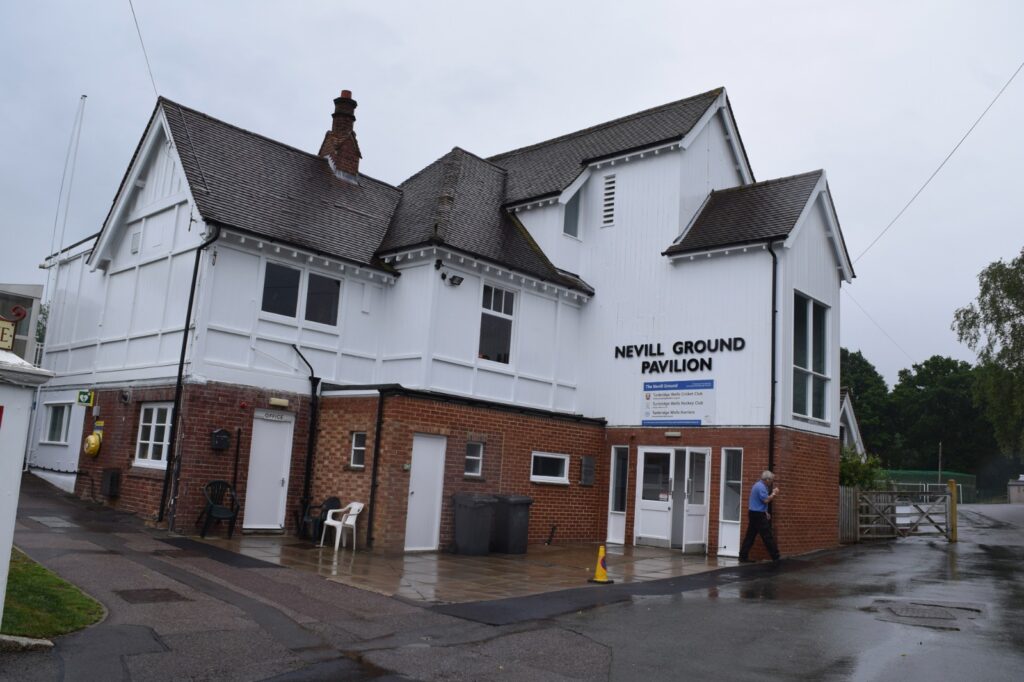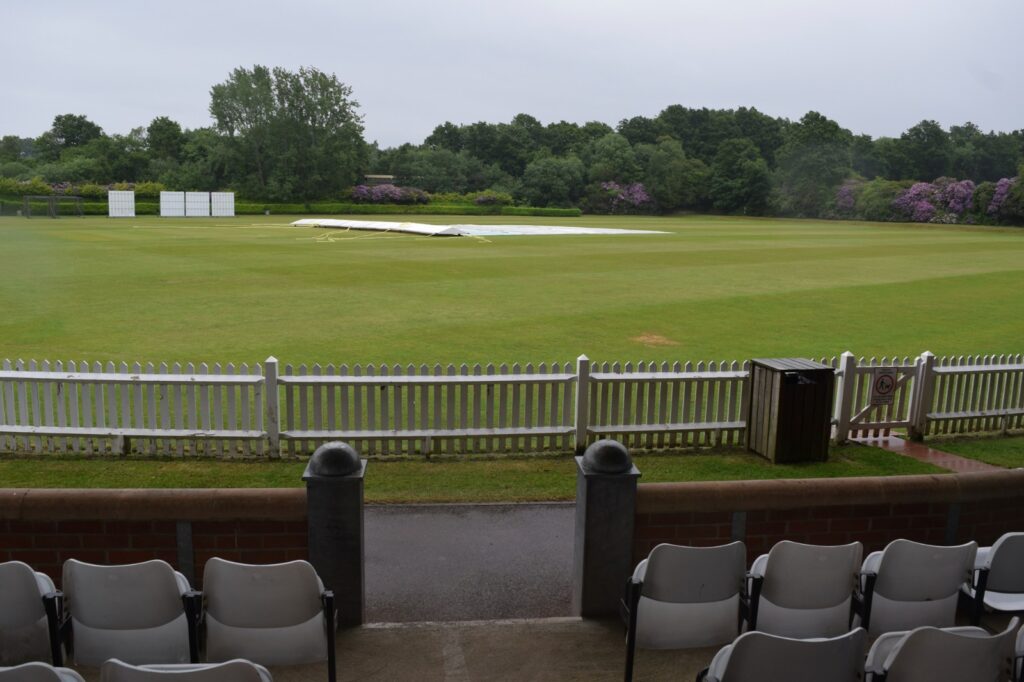If you think of the last 50 years, there is a video recording of nearly every important event. The absence of one makes Kapil Dev’s 175 not out at Tunbridge Wells against Zimbabwe in the 1983 World Cup almost mythical, and adds a value no technology can. This elevates that generation-defining epic to a fairy tale, bigger than cricket. It came from nowhere, hypnotised onlookers for a few hours and disappeared where it came from.
***********
When the 1983 World Cup came calling, I was a month short of turning 10. It was the summer vacation and our family was on a holiday trip to Darjeeling in the hills of Bengal. My maternal aunt’s husband had got transferred there a year earlier. A reunion with cousins, trips to the city centre called Mall, a first taste of momos and pony rides. But something happened amid all this which struck a different chord.
India had beaten West Indies in their opening match of the Prudential World Cup. I used to keep track of sports, mostly cricket, because that occupied most of the radio and TV space, whatever was available those days. I remember my parents tuning in for the famous Test win in Melbourne in 1981. I have recollections of watching live the disaster in Pakistan in 1982. I also used to check early morning bulletins during the equally calamitous tour of the West Indies just before the World Cup.
Kapil Dev’s team beating Clive Lloyd’s two-time defending champions was more than huge, even though they had secured their first ODI win against them in Guyana a few weeks earlier. It made banner headlines in newspapers. We used to gorge on the articles discussing India’s chances. When the second India-Zimbabwe match took place, we were far from the cool climes of Darjeeling, in scorching Berhampore in Murshidabad district of central Bengal, where my grandparents lived.
Because there was nothing on TV (only the semi-final featuring India, and the final were beamed live in India), we were not bothered about the BBC video recording matches or not, including the one that took place in Tunbridge Wells on June 18, 1983, exactly 40 years ago. Hardly anybody knew about it. All hell, so to say, broke loose a day after the match when people realised that nobody would again catch a glimpse of what happened at the Nevill Ground, in the only men’s ODI it has ever hosted.
Transistor, the trusted friend
The transistor radio in Berhampore, which itself must have been 40 years old by then, was our trusted companion. Power cuts were frequent those days and those relying on plug-in radios could do nothing but chew nails during those breaks. My parents and others were listening to the commentary. The word ‘huddle’ was yet to be linked with cricket, but there was something like that around the transistor. Soon after, we heard that the total was very little for the loss of five (I learnt about 17-5 over the next few days) wickets and we were packed off to bed. I could sense a pall of gloom descending among the seniors following the match.
The next morning was probably the most joyous I had seen until then. People were distributing sweets, as if Bijaya Dasami (last day of the Durga Puja, which takes place in September-October) had arrived early. Eventually, we became aware of 175 not out and that in the history of cricket, such an innings had never been played. Unable to fathom the enormity of the occasion, we dug into the sweets, which Berhampore is famous for. But it was clear that something very special had taken place. Later on, we learnt the real value of that effort and how it changed the cricketing landscape in India before the arrival of Sachin Tendulkar.
Over to Tunbridge Wells
When my chance came to visit England for the 2019 World Cup, the first point I noted down on the list of things-to-do was a trip to Tunbridge Wells, on June 18, so that we could do an audio-visual piece from the spot on the 36th anniversary of the best World Cup knock ever. It takes about an hour by train from London. The sleepy hamlet of Tunbridge Wells is in the county of Kent. It was a cloudy day. The small and quaint Nevill Ground occasionally hosts County Championship matches. The rhododendron bushes on one side are one of the attractions of this idyllic venue which dates back to 1782. In 2019, not much appeared to have changed. It still looked quite lost in time and beautiful.
“The rhododendrons were in full bloom that day,” recalled Steve Nicker, a retired banker, who was among the 4,000 or thereabouts present at the Nevill on June 18, 1983. “It was overcast, the ball was swinging and the top-order Indian batters could not handle it. Of the first five dismissed, three were caught behind, including Sunil Gavaskar. I was there with my family, and I can say that we witnessed something very unique after that.”
Nicker had a vivid recollection of the match and pointed out that after 17-5, Roger Binny was the next man out at 77. “Kapil Dev was hitting through the off side with a lot of power,” recalled Nicker. “There were also these big hits over the long-on region. Some say he was targeting the side square on the leg side which has a short boundary. But that’s wrong. Most of hits were straight and massive. One broke the pavilion window. Another broke the glass of a car in the parking lot. The recovery was scarcely believable and credit goes also to Madan Lal and Syed Kirmani. People say that they were only giving the strike back to Kapil, but they also played a lot of balls.”
Nothing preserved at Nevill
The small pavilion has a few photographs on the first floor. Strange as it may seem, none of them were of Kapil or from that game when I visited. But then, Tunbridge Wells had remembered Kapil and his 138-ball 175 not out, laced with 16 fours and six sixes. Taking a walk around the ground with his pet, Jeffrey Richards shared an anecdote. His house is right next to the entrance of the club. “One of the sixes hit by Kapil landed on the roof of the house,” he said. So I make it a point to tell visitors who come here to see the ground where I live.”
Not through any video tape or digitalised alternative, Kapil’s epic lives in the minds of the lucky few who watched it. Like storytellers from ancient times, they and their recorded accounts of what they saw will remain priceless for the fans as long as the game lives. This is another unique aspect of the miracle that will never be seen again.






